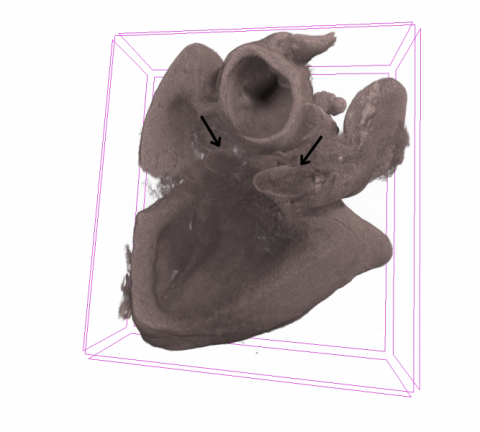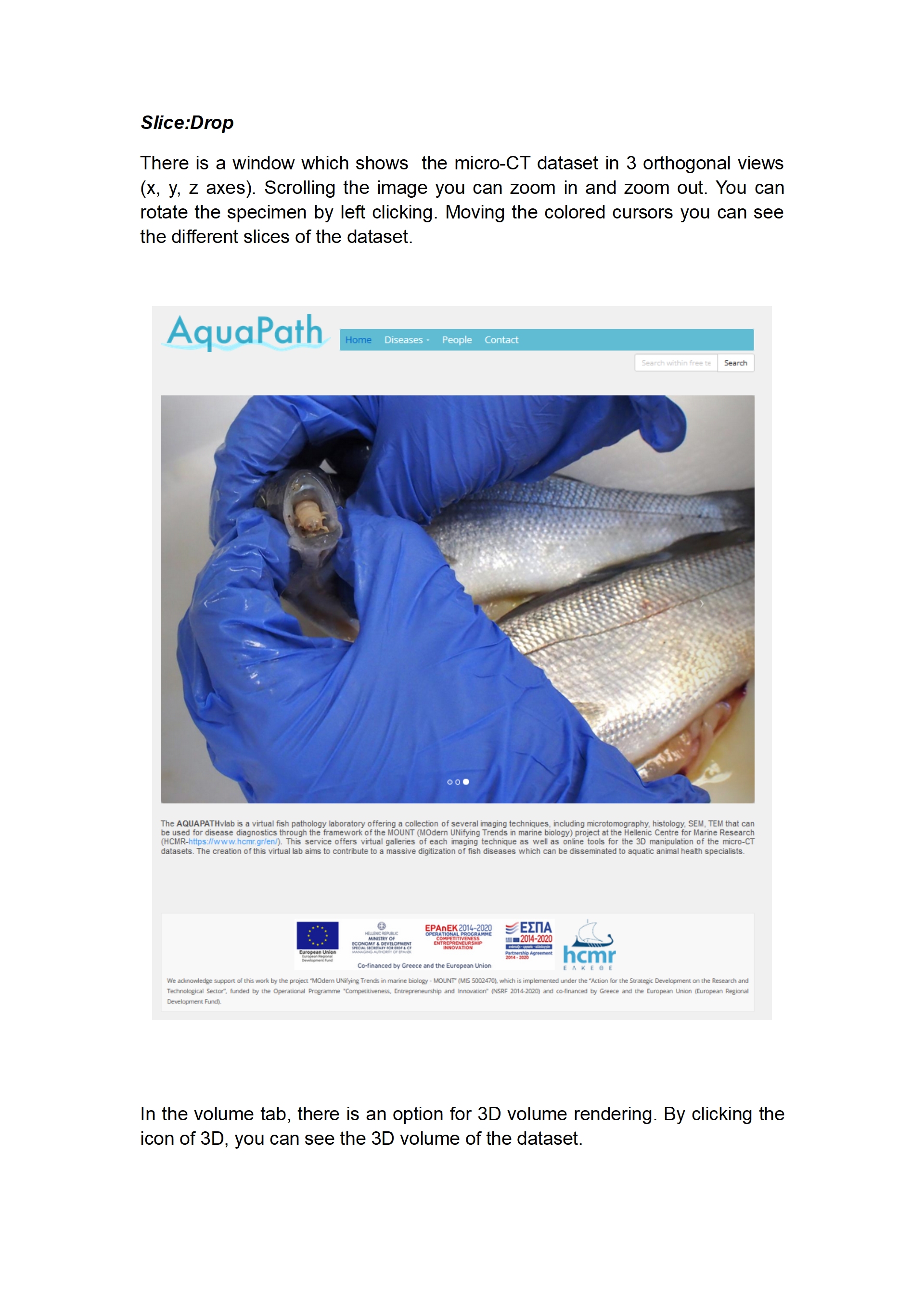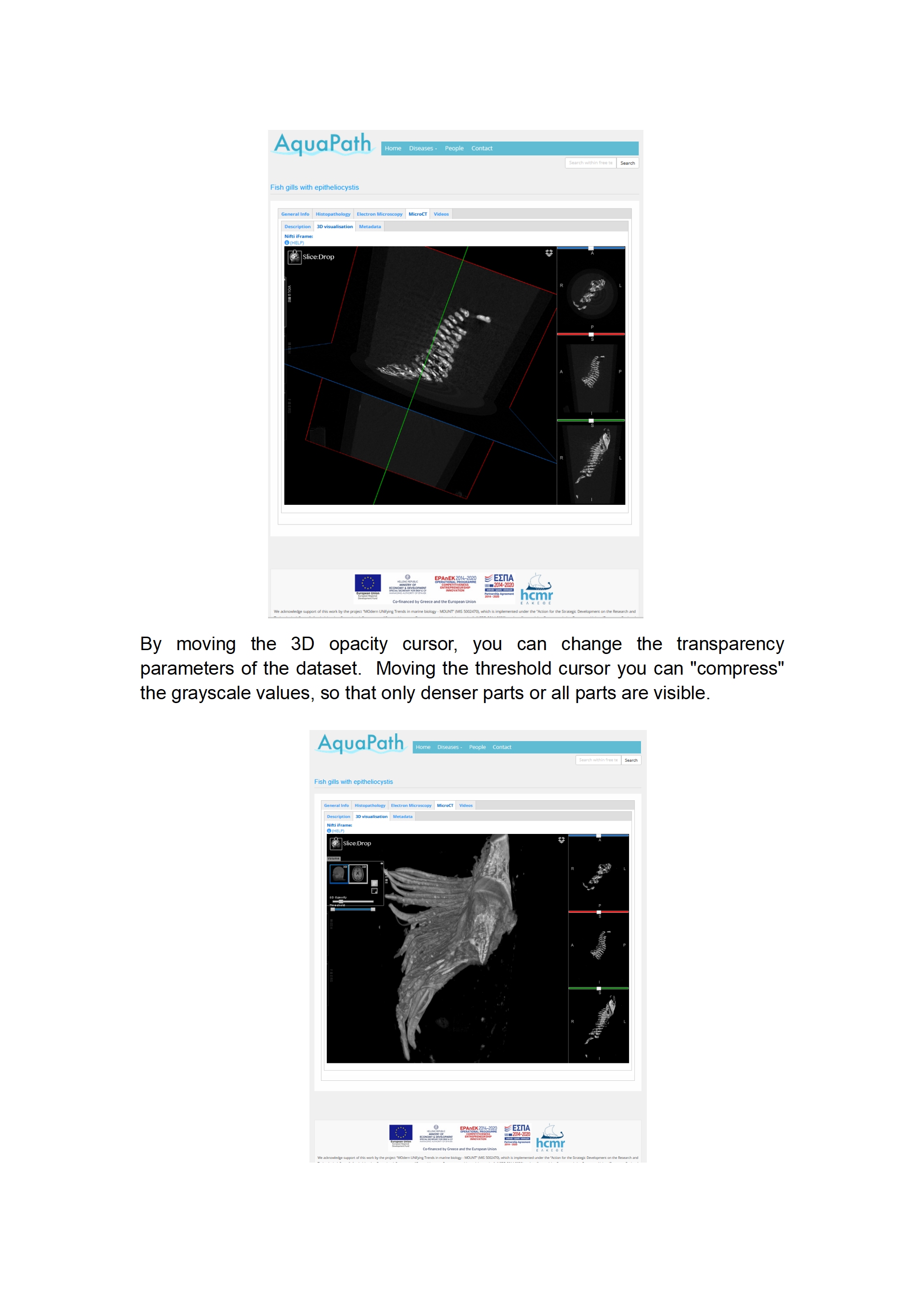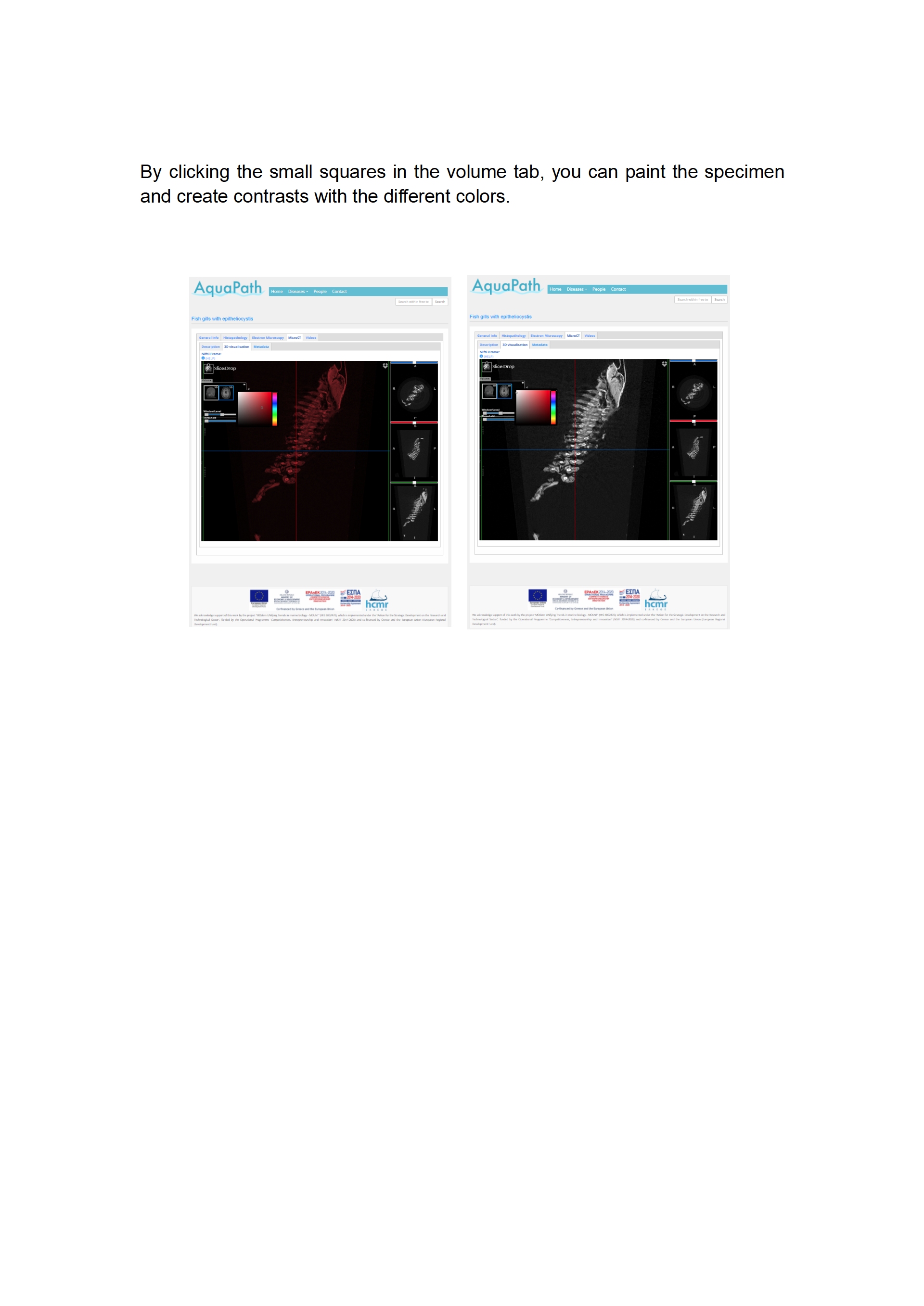The host: The host is the common seabream, Pagrus major. This fish species was introduced in the Mediterranean aquaculture in the 80s and was imported from Japan. It is not native in the Mediterranean
The disease: This disease is caused by a myxobolid parasite, Henneguya aegea (Myxosporea). Henneguya spp. are highly host-specific parasites. The original host of this parasite is not known, but it is probably a closely related sparid. The parasite forms large plasmodia in the heart of the affected fish. Plasmodia are the reproducing stages of the parasite. When the developing spores inside the plasmodia, mature they are released in the blood stream causing severe pathology to the host. The disease was first described in the Aegean island of Leros in farmed common seabreams. It results in sudden deaths of large fish.
Epidemiology: Although the parasite was described from a single fish farm located in Leros Island, unpublished data suggest that it is widespread in several localities in Greece. It affects only common seabream and no other cultured fish, although a similar parasite (but not the same) has been described in gilthead seabream in Italy causing cardiac henneguyosis. The intensity of parasitism is higher during the warm months of the year.
Images have been published in Katharios, P., Varvarigos, P., Keklikoglou, K. et al. Native parasite affecting an introduced host in aquaculture: cardiac henneguyosis in the red seabream Pagrus major Temminck & Schlegel (Perciformes: Sparidae) caused by Henneguya aegea n. sp. (Myxosporea: Myxobolidae). Parasites Vectors 13, 27 (2020). https://doi.org/10.1186/s13071-020-3888-7






